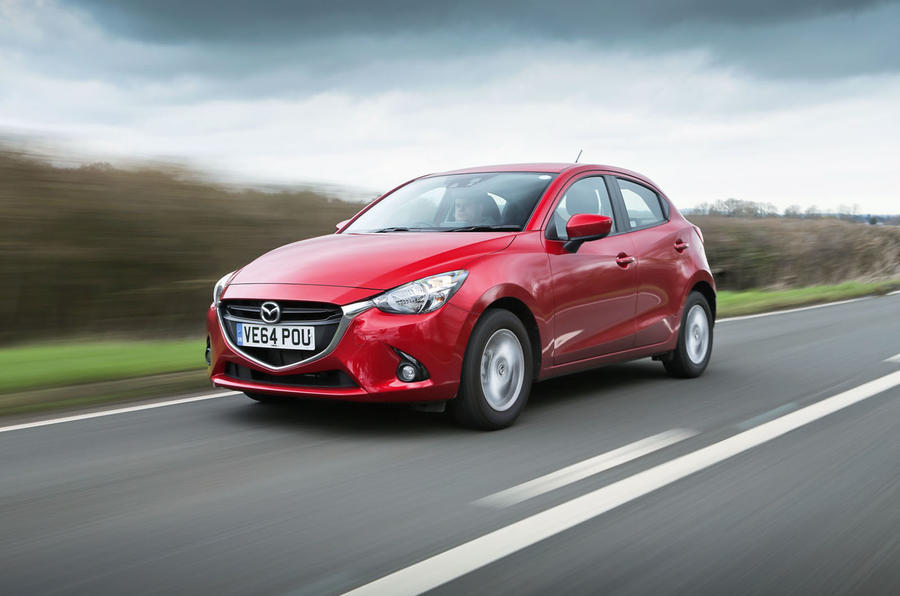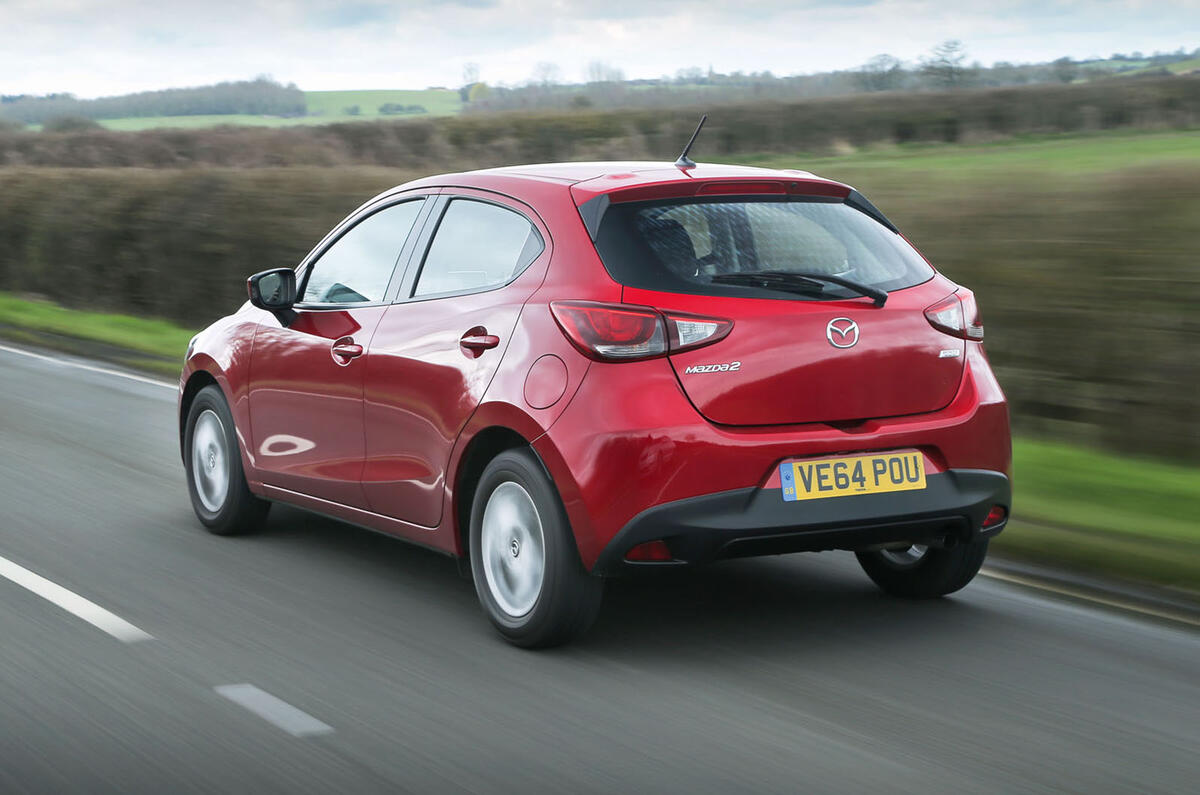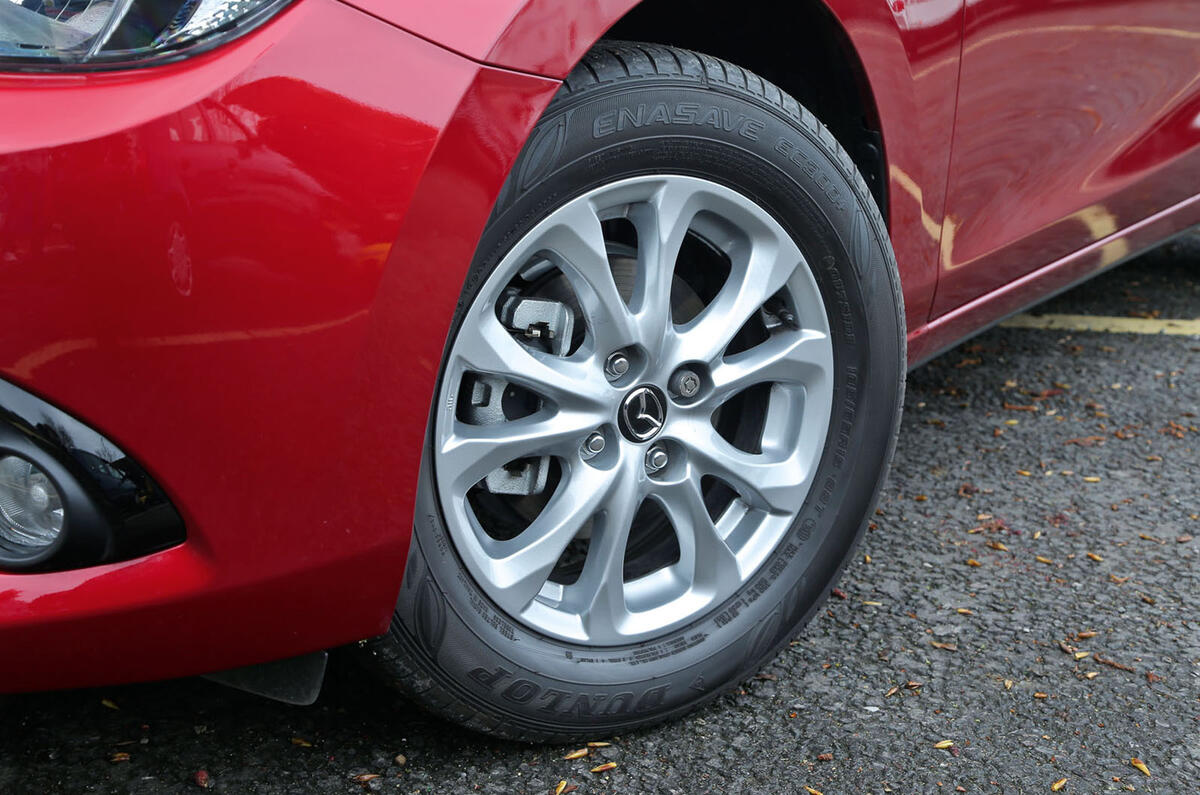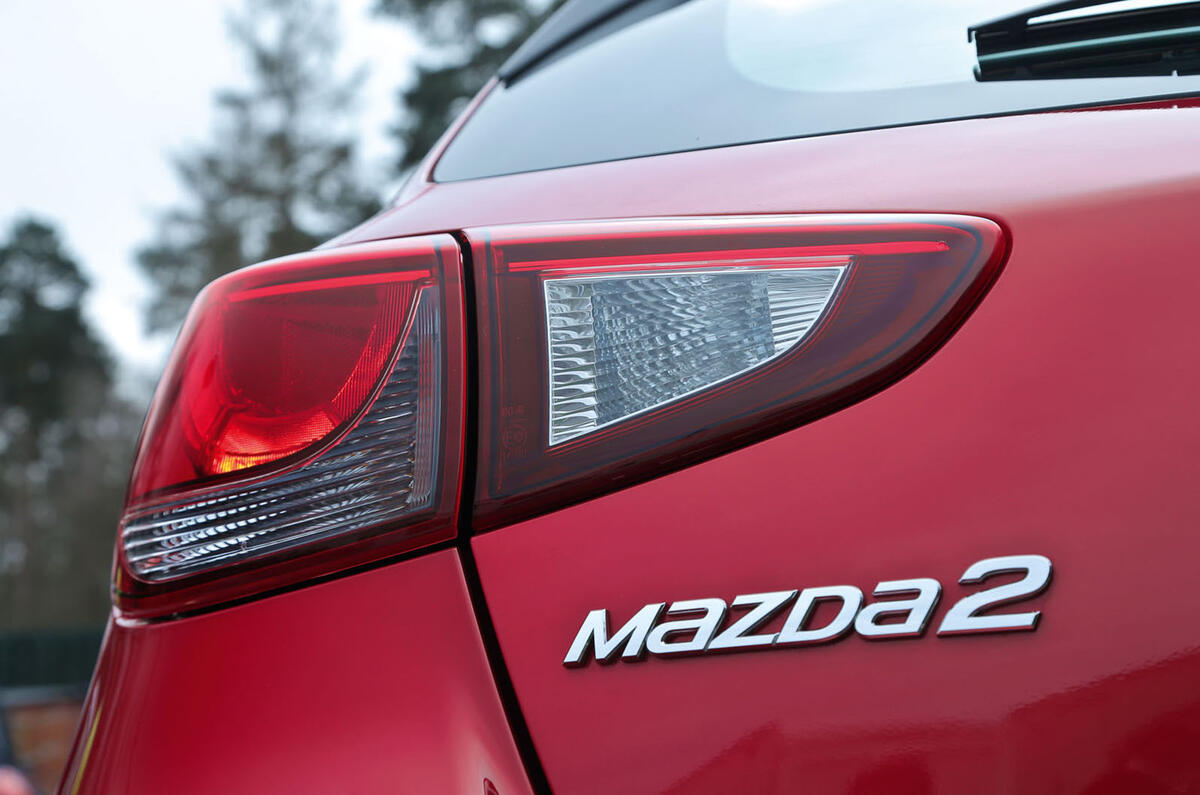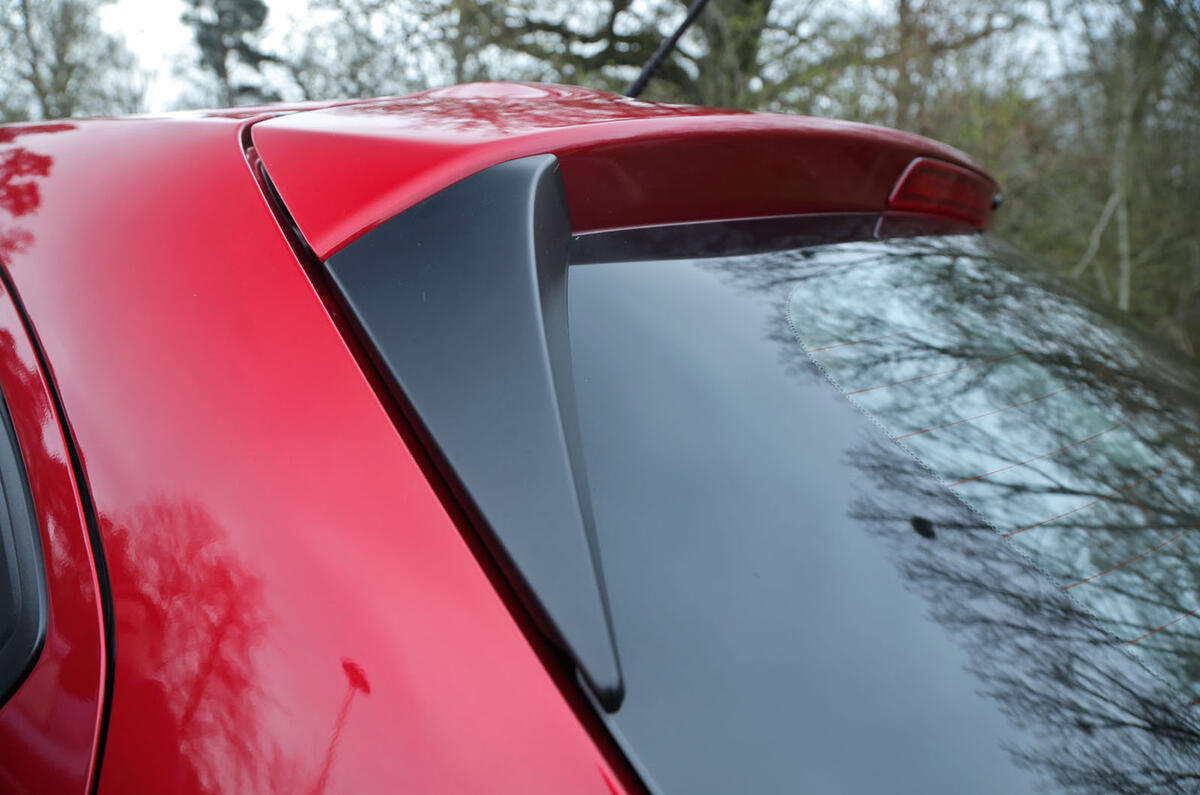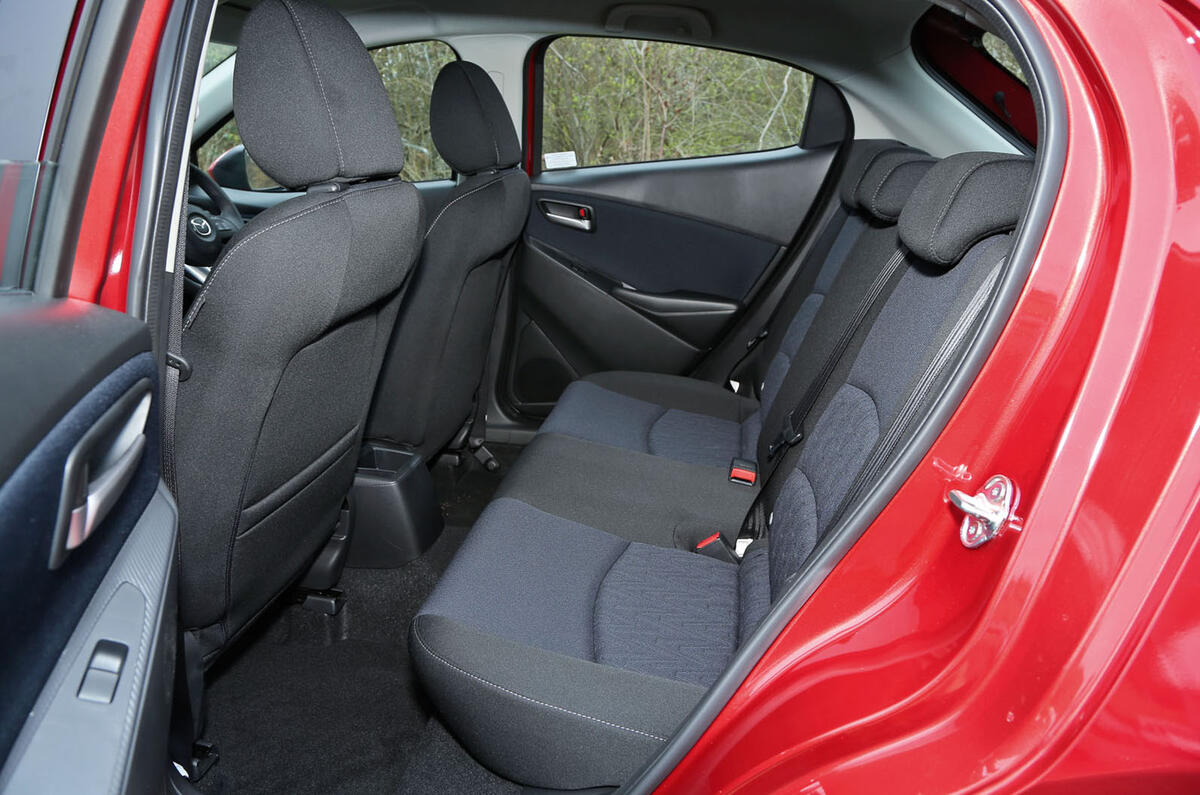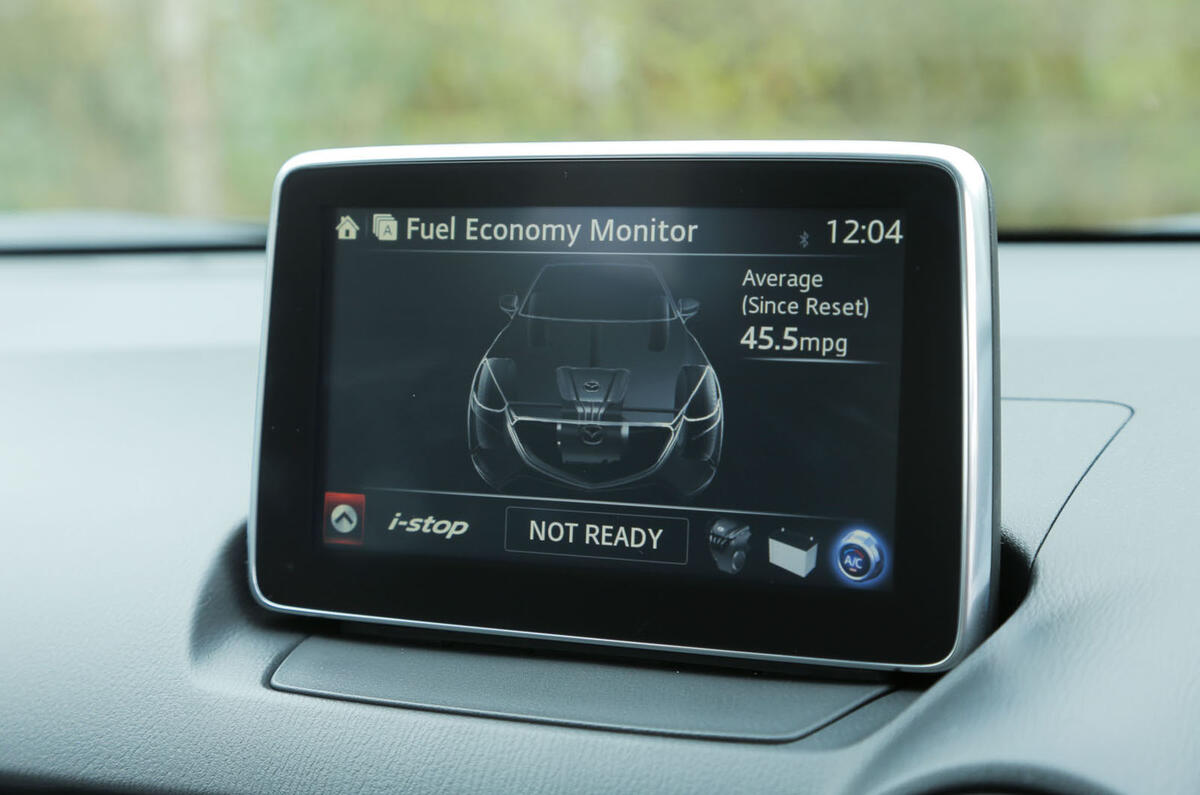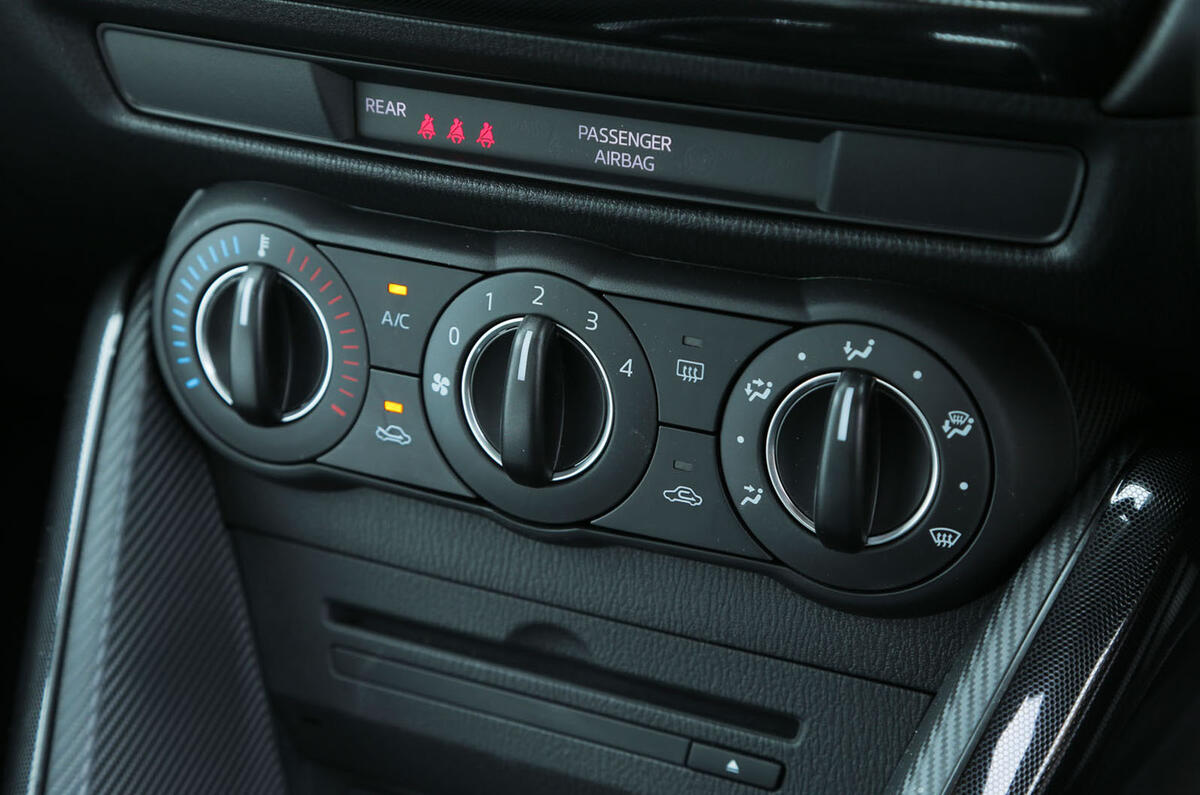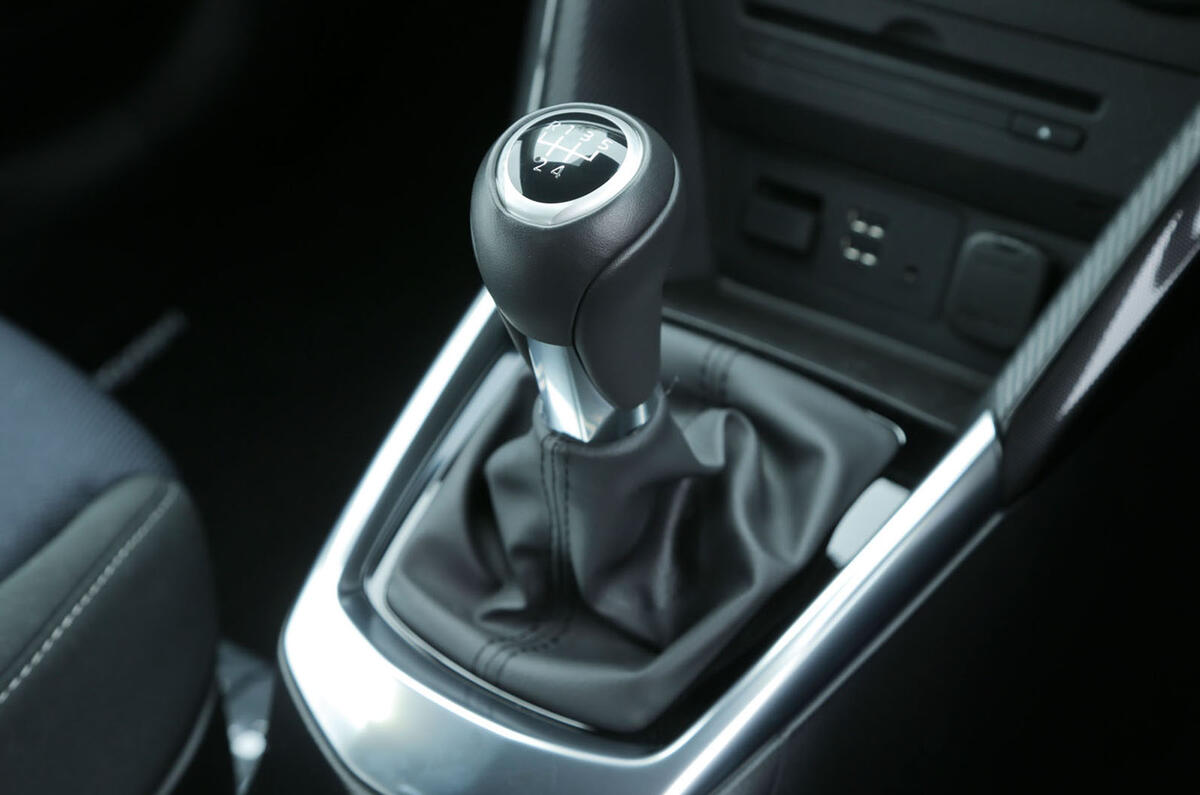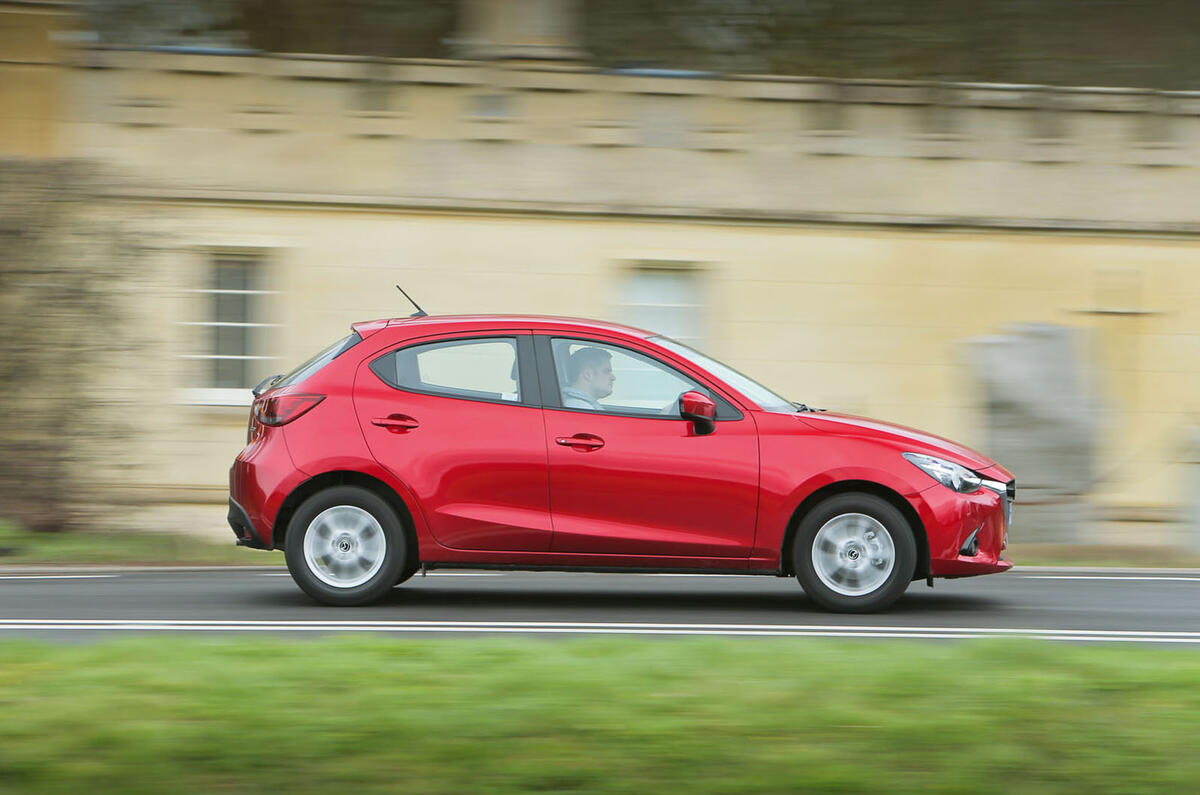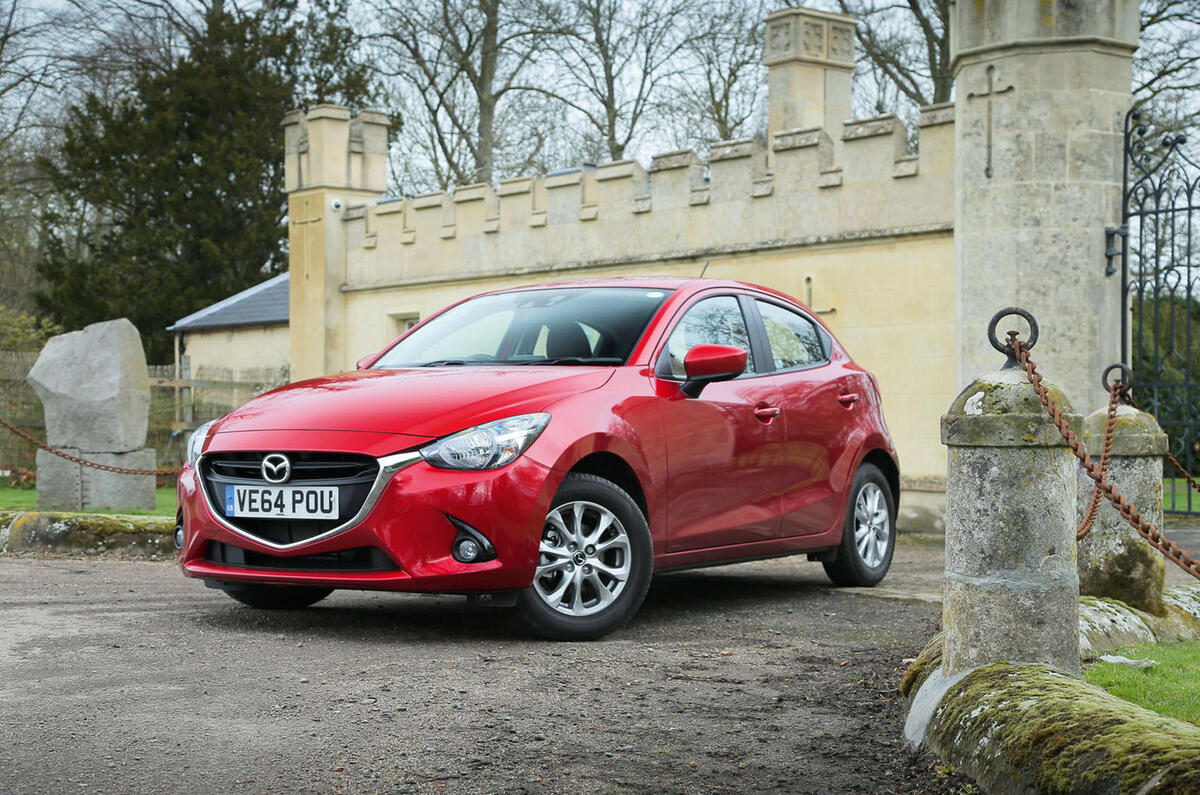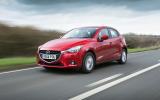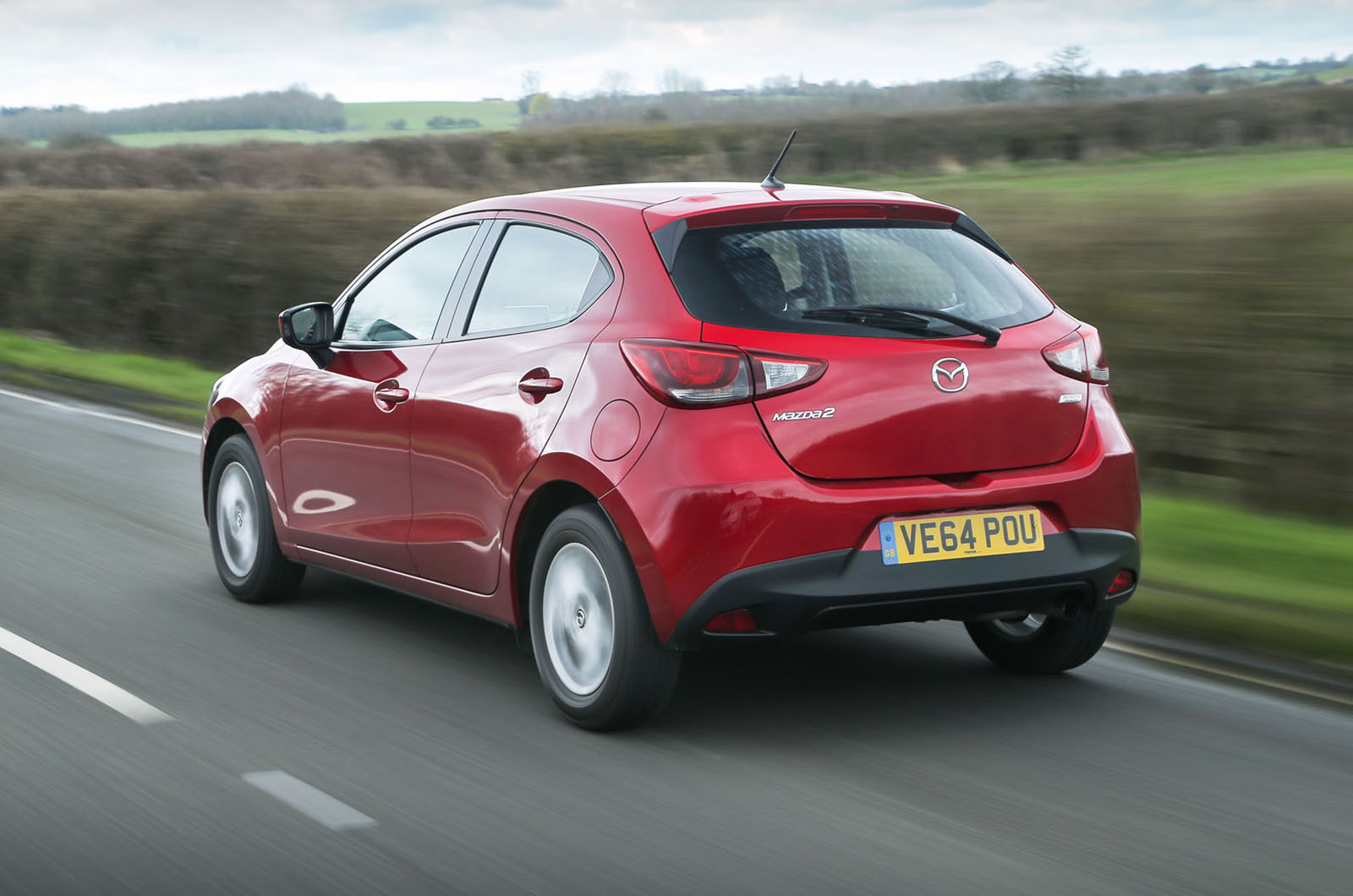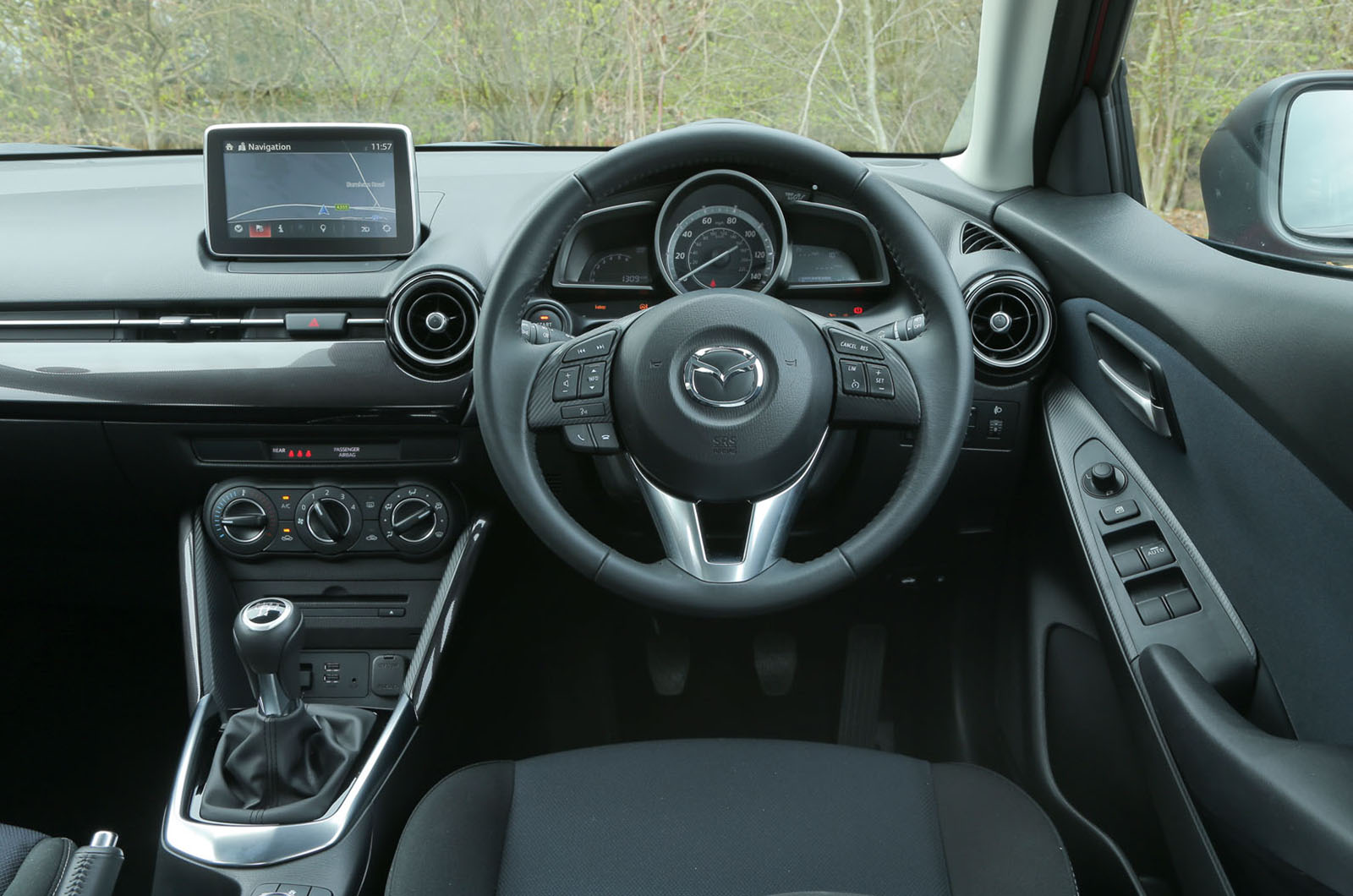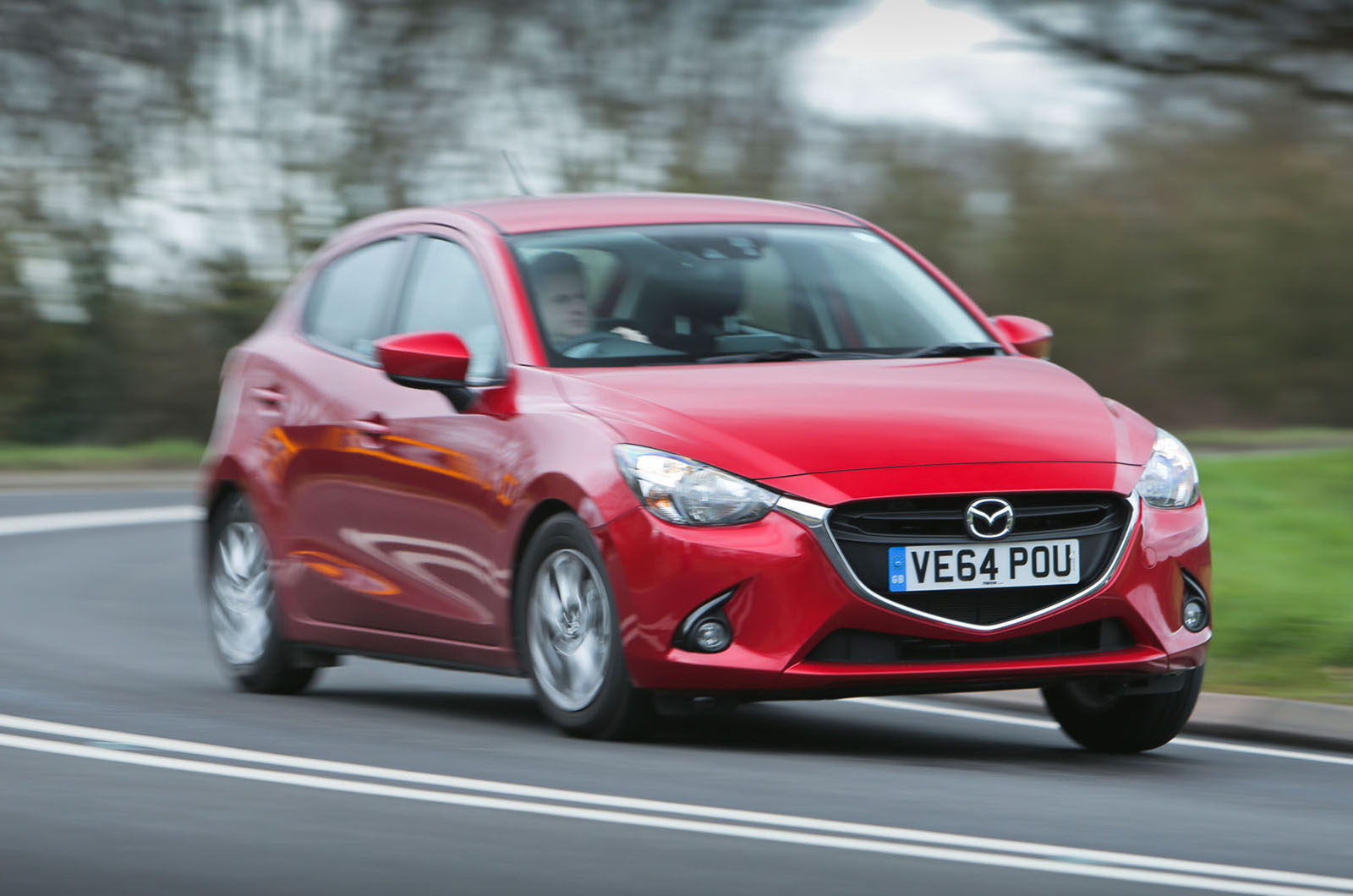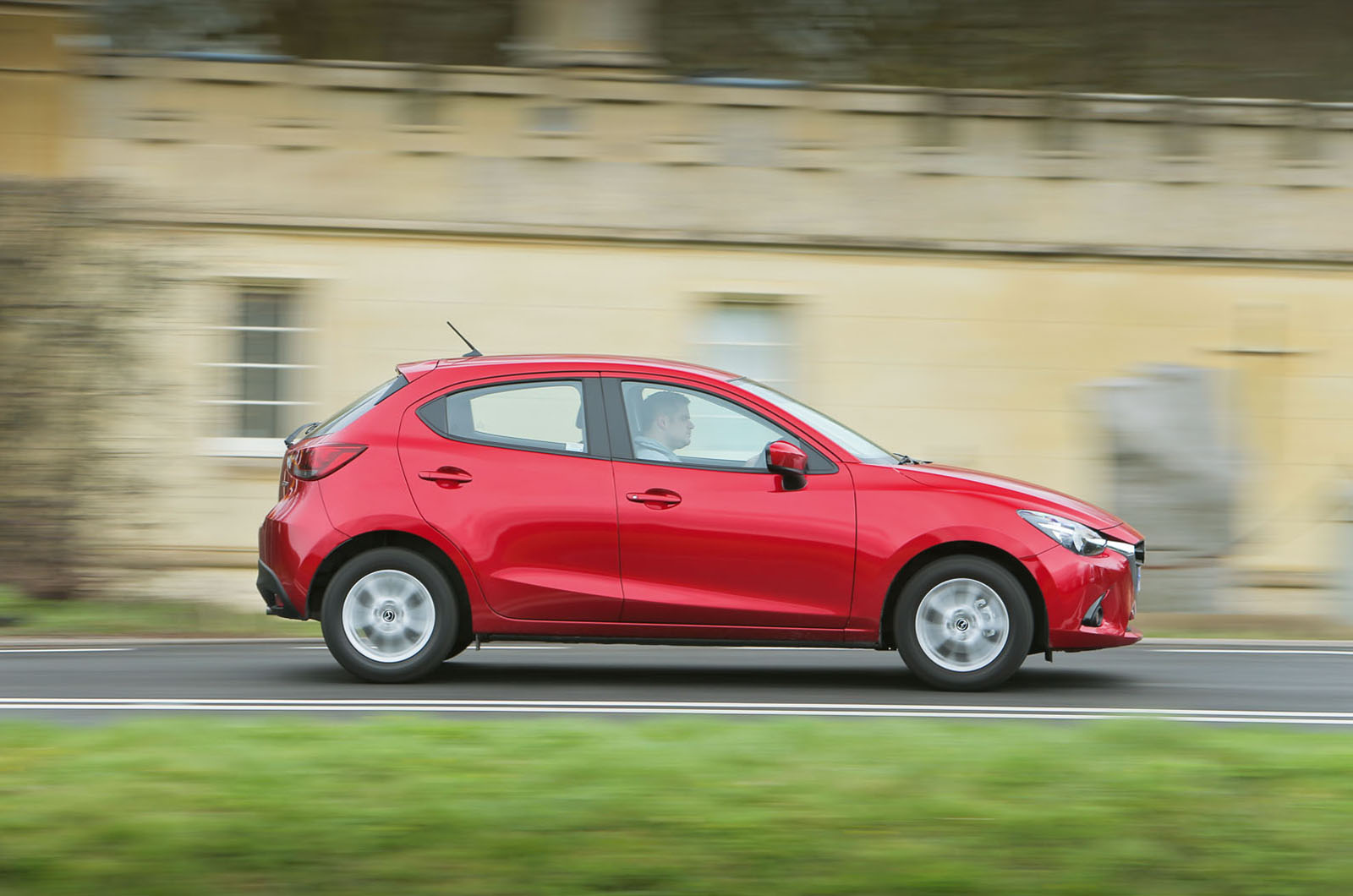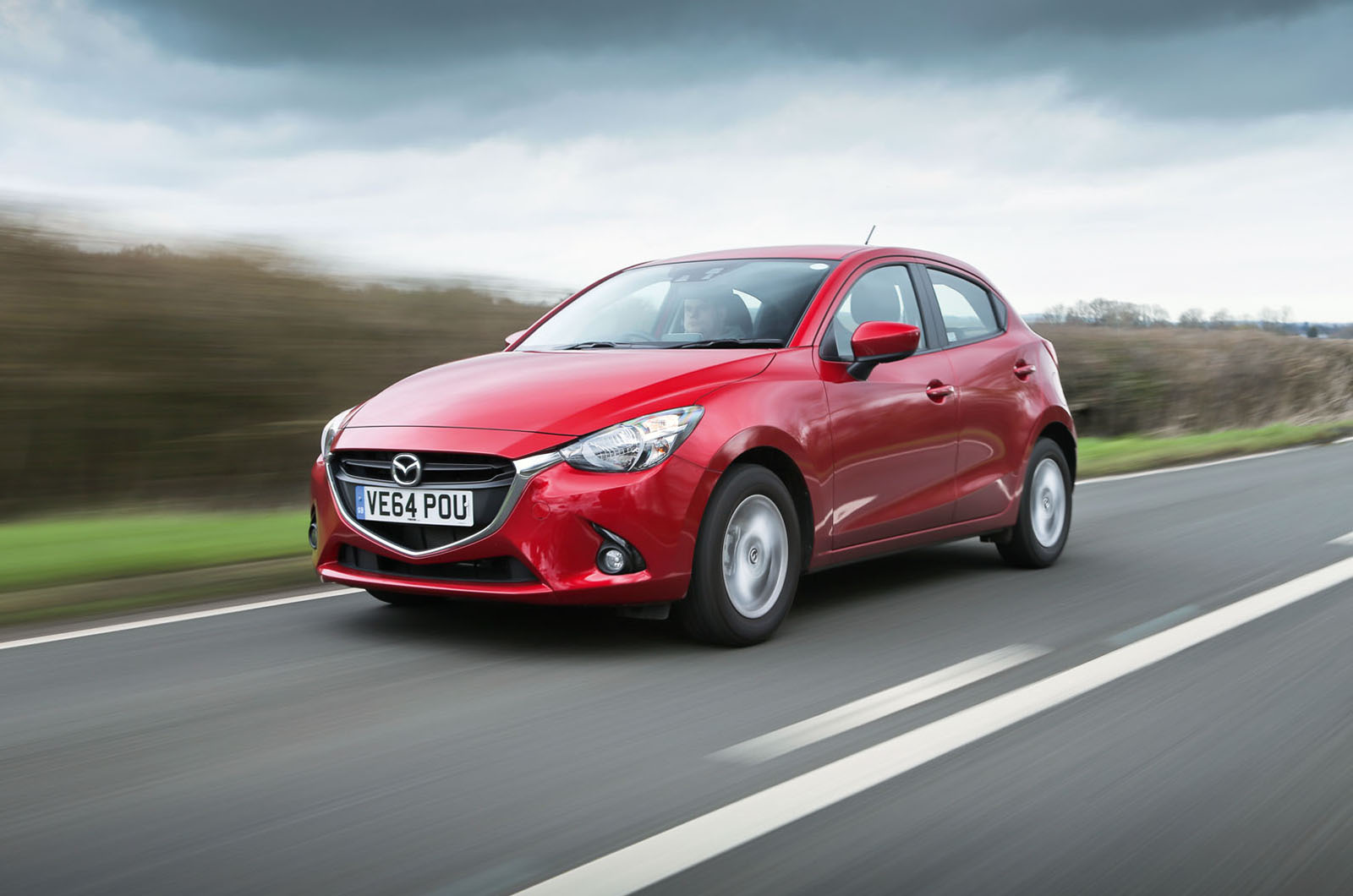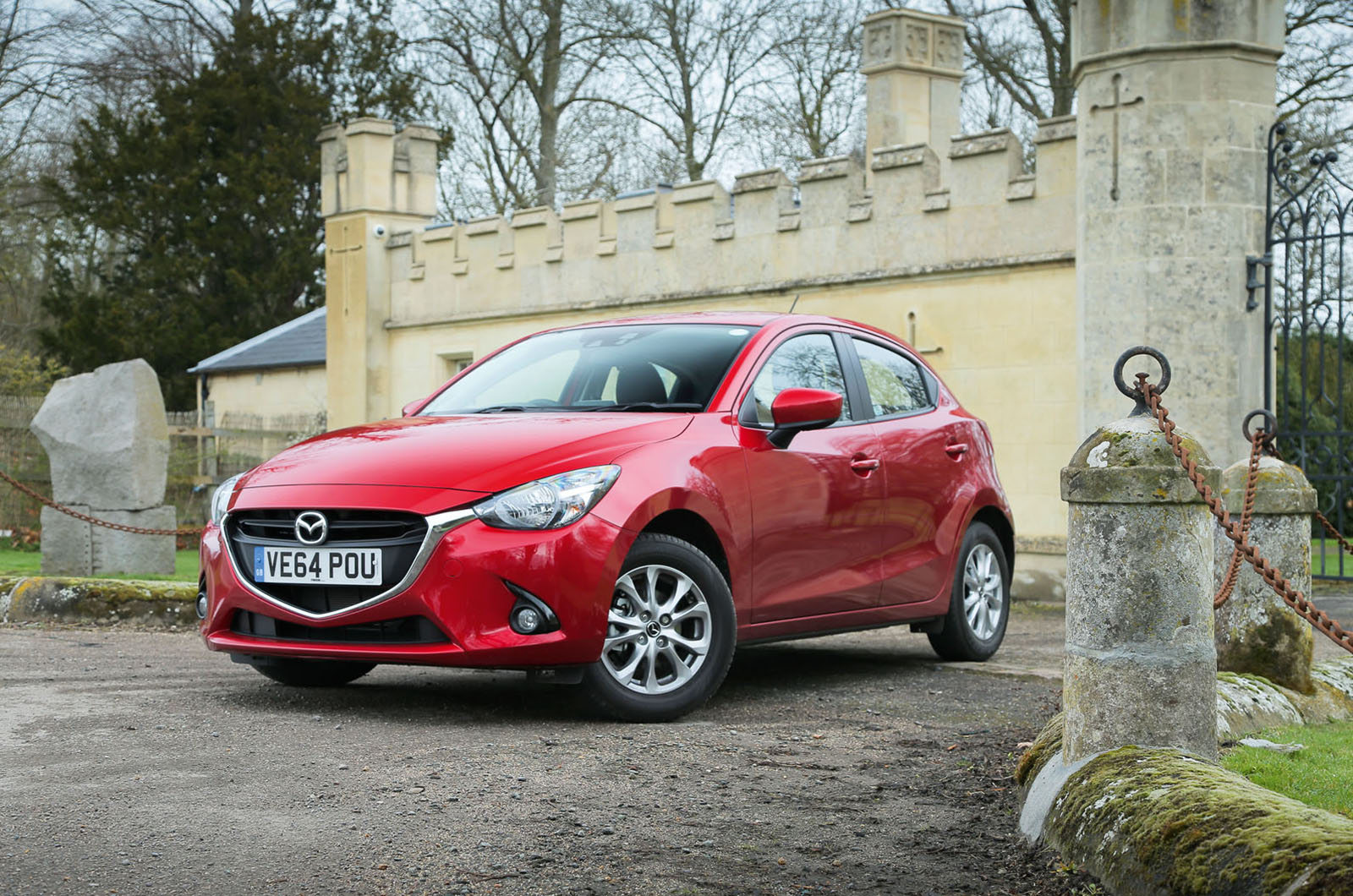Although it may be a bit more spacious than its predecessor, the cabin space of the new 2 is unlikely to make a dent on your first impression. Instead, how the interior looks is of far more interest than its basic proportions.
Here is a supermini cabin that avoids the pitfalls of tacky styling or unnecessary clutter, delivering in their place a real sense of imagination and savvy attention to detail. This emanates most obviously from the dashboard, a slab of space-conscious architecture that appears to have been downscaled from a couple of classes above.
None of its hallmarks – unbroken horizontal lines, nicely corralled switchgear, periscoped instrument cluster – are particularly new, but their integration is rarely so well handled. It comes as no surprise to learn that the car’s designer, the same man who penned the exterior, originally trained in interior design.
Of course, without immediately crediting it, the size advantage here is already telling. It is the reason why a 12mm-wider centre console and stack can be absorbed and all heating, ventilation and air-con controls swept onto it, leaving the upper portion of the dash to convey nothing but acres of leather-aping soft-touch plastic and a 7.0in infotainment screen.
If only there was room for the associated dial-type controller to be mounted farther forward. As it is, by the time you get to the volume control, you’ll be groping almost at your hip to find it.
That’s about the limit of our ergonomic complaints, though. You sit marginally too high, although well within the segment’s norm, and 20mm of additional elbow room helps to prevent the front cabin from feeling full to the brim when two adults are on board.
In the back, the new 2 is far better able to accommodate fully grown legs than it was before; entry and exit are almost certainly easier, too. The boot is similarly decent, with a capacity of 280 litres, if hindered a little by its miserly aperture width.
There are six trim levels to choose from - SE, SE-L, SE-L Nav, Sport Nav, Red Edition and Sport Black, all of which provide a comprehensive specification list over its chief incumbants - the Ford Fiesta and the Skoda Fabia.
The entry-level SE trims highlights include air conditioning, an USB port, hill-start assistance and a roof spoiler. Upgrade to SE-L and you'll find cruise control, alloy wheels, a 7.0in screen infotainment system complete with DAB radio, Bluetooth and access to Internet Radio, while the SE-L Nav trim includes sat nav with three-year of map updates included, lane departure warning and Mazda's city braking system.
The Sport Nav models come with keyless entry, climate control, LED headlights, rear parking sensors, and auto lights and wipers all as standard. The Sport Black models are available in two colours - metallic Soul Red or pearlescent Snowflake White, and come with a sporty bodykit, black wing mirror caps and 16in alloy wheels.
The special Red Edition Mazda 2 comes in only the Soul Red metallic paint, which Mazda liberally uses on other models in the range, while the trim level is equivalent to SE-L Nav models.


